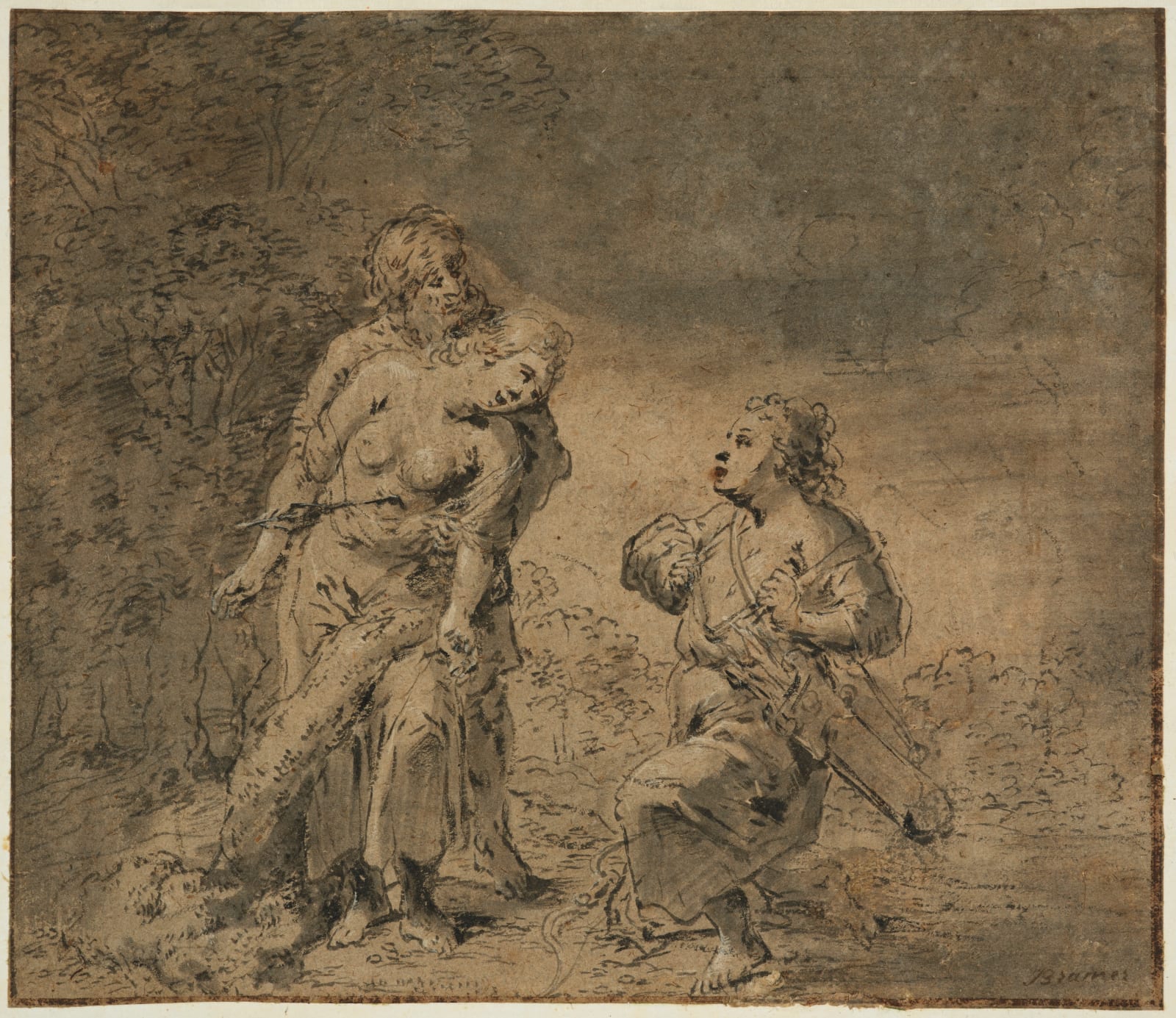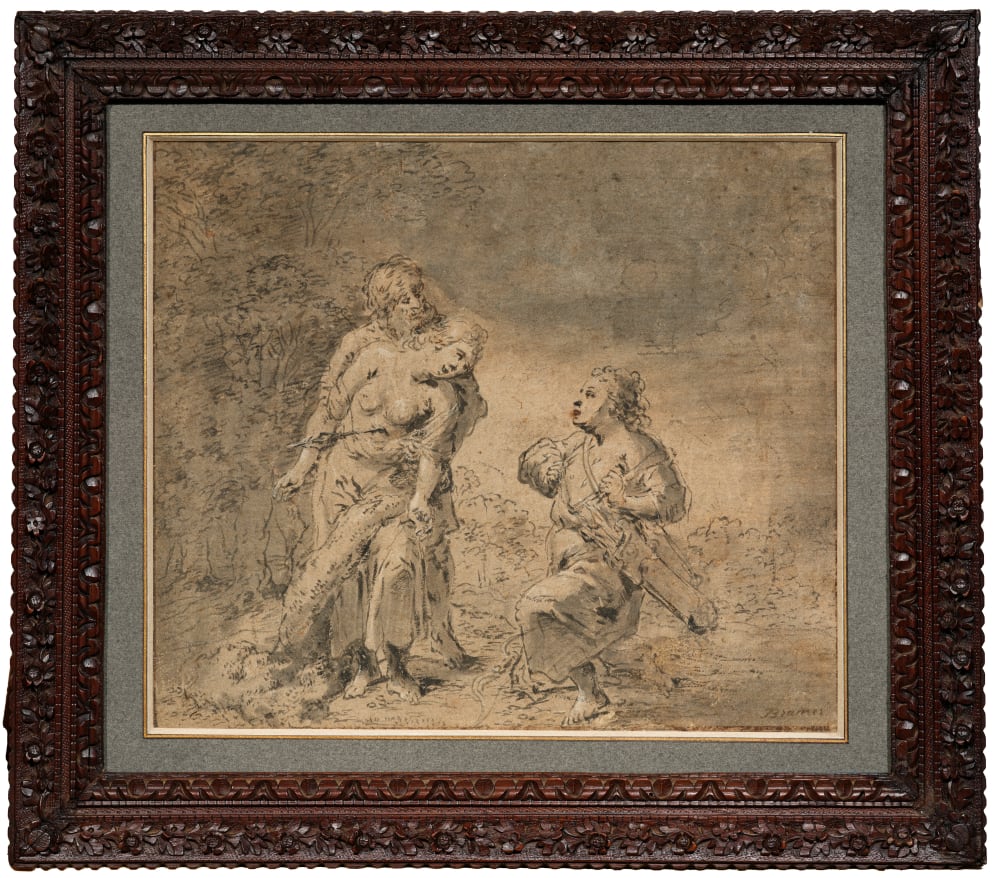- All
- 16th century/ XVIe siècle
- 17th century / XVIIe siècle
- 18th century / XVIIIe siècle
- 19th century / XIXe siècle
- 20th century / XXe siècle
- Drawing/ Dessin
- Dutch School / Ecole Hollandaise
- Flemish School / Ecole Flamande
- French School / Ecole Française
- German School/ Ecole Allemande
- Italian School / Ecole Italienne
- Landscape / Paysage
- Painting / Peinture
- Portrait
- Sculpture
Copyright © 2025 Stephane Renard Fine Art
Send an email
View on Google Maps
This website uses cookies
This site uses cookies to help make it more useful to you. Please contact us to find out more about our Cookie Policy.



















